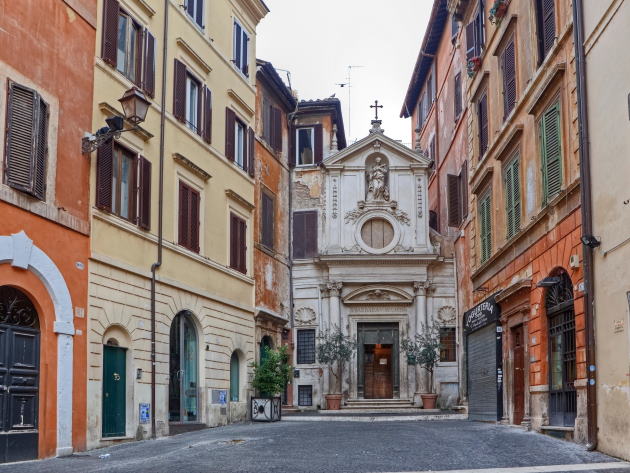
Die Kirche Santa Barbara befindet sich nur wenige Schritte vom Campo de’ Fiori und der Piazza Farnese entfernt auf einem eigentümlichen trapezförmigen Platz im Rione Parione und hat antike Ursprünge. Sie wurde wahrscheinlich im 10. bis 11. Jahrhundert erbaut, wie eine Inschrift im Inneren bezeugt, die den Besitz Giovanni di Crescenzio, einem römischen Patrizier, und seiner Frau Rogata zuschreibt, die zwischen diesen beiden Jahrhunderten lebten.
Wie viele Gebäude in dieser Gegend steht die Kirche auf den Überresten des antiken Theaters des Pompejus, dem ersten gemauerten Bauwerk dieser Art. Erstmals 1306 restauriert, wurde sie 1601 von Papst Clemens VIII. der Universität der Buchhändler (Università dei Librai) zugewiesen. Die Bruderschaft verband den Titel der Heiligen Barbara mit dem ihres Schutzpatrons, des Heiligen Thomas von Aquin. Im Jahr 1680 wurde die Kirche auf Kosten des Florentiner Buchhändlers Zenobio Masotti im Barockstil umgebaut. Nach der Auflösung der Bruderschaft im Jahr 1878 wurde sie entweiht und verwahrlost, so dass sie als einfaches Lagerhaus, vielleicht für den nahegelegenen Markt, genutzt wurde, während ihre wichtigsten Ausstattungsstücke in die nahegelegene Kirche San Biagio e Carlo ai Catinari gebracht wurden.
Die spätbarocke Fassade weist über dem Portal einen runden Rundbogen auf, der von einer Statue der Heiligen in einer Nische überragt wird, ein Werk des Bildhauers Ambrogio Parisi. Die Heilige hat eine Darstellung von Blitzen zu ihren Füßen, ein Hinweis auf ihre Rolle als Beschützerin vor Bränden. Der Innenraum ist reich an weißem Stuck und besteht aus einem einzigen Schiff mit Seitenkapellen. Über der Eingangstür befindet sich eine sehr wertvolle Orgel aus dem 17. Jahrhundert. Die Kirche beherbergt ein hölzernes Kruzifix aus dem 14. Jahrhundert und ein Triptychon aus dem Jahr 1453, das eine Madonna mit Kind darstellt, flankiert von Johannes dem Täufer und dem Erzengel Michael.
Im Jahr 1982 wurde die Kirche restauriert und für die Gläubigen wiedereröffnet. Jedes Jahr am 4. Dezember, dem Festtag der Heiligen Barbara, wird die im Inneren aufbewahrte historische Krippe der Öffentlichkeit zugänglich gemacht: „Kunst und Handwerk im Rom des 18. Jahrhundert“.
Sieben Kirchen für sieben Kunsthandwerke
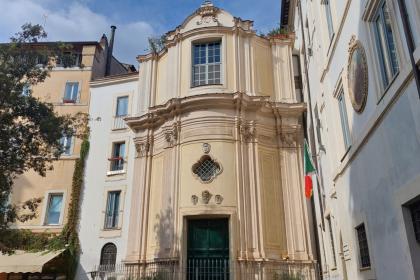
Ein Erbe an Geschichten und Traditionen, das es in den Gildekirchen zu entdecken gilt
Piazza Navona und Campo de' Fiori
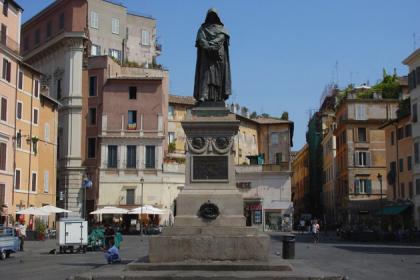
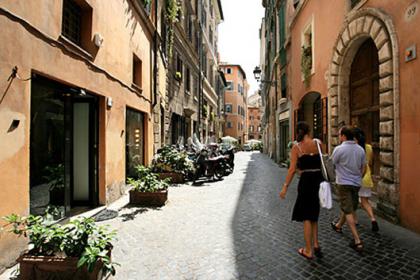
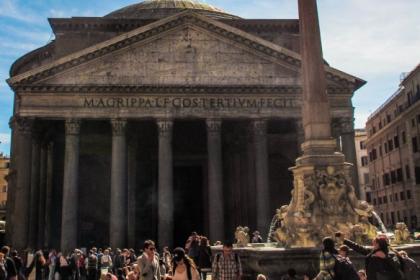
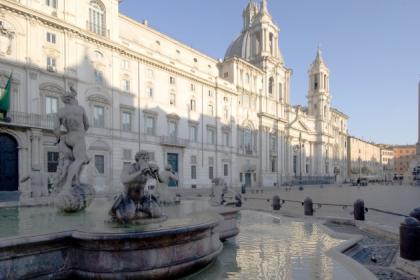
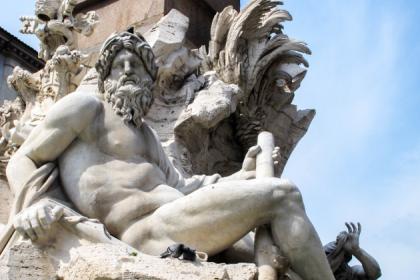
 Condividi
Condividi
Rione VI - Parione
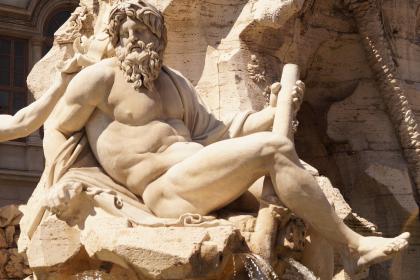
Informationen
For the timetable of masses and visiting hours please contact the contacts indicated, or contact the Parish of San Lorenzo in Damaso
 Condividi
Condividi
Location
Um mehr über alle barrierefreien Dienste zu erfahren, besuchen Sie den Abschnitt barrierefreies Rom.











































